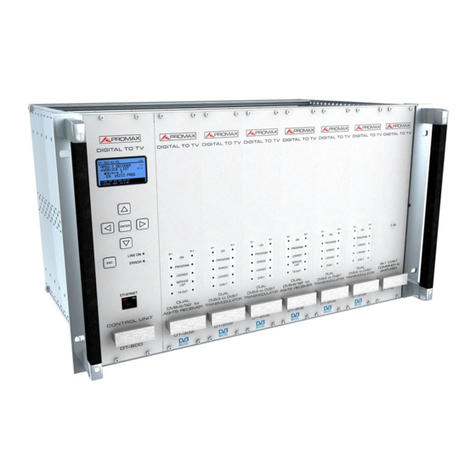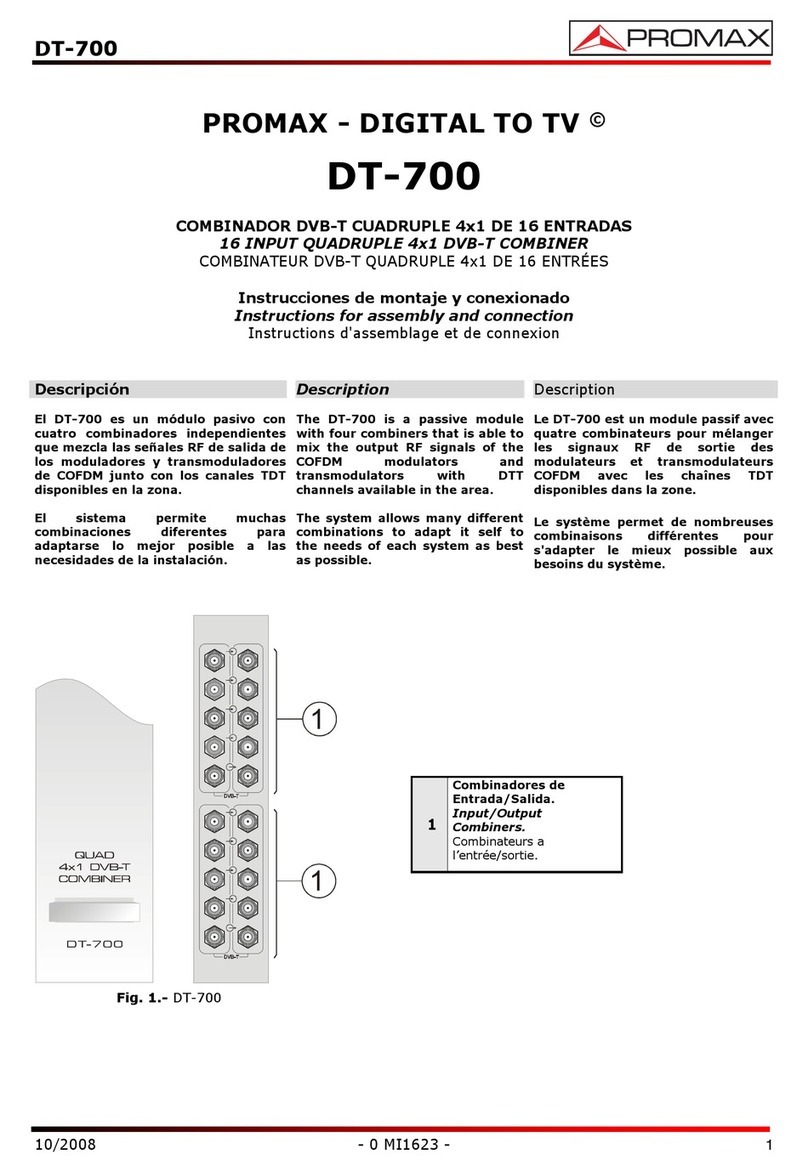
English
CONTROL MODULE. DT-802
TABLE OF CONTENTS
1. GENERAL..................................................................................................................1
1.1 Description ..........................................................................................................1
1.2 Specifications......................................................................................................2
2. SAFETY RULES........................................................................................................5
2.1 General................................................................................................................5
2.2 Descriptive Examples of Over-Voltage Categories.............................................6
3. INSTALLATION .........................................................................................................7
3.1 DT-900 Sub-rack.................................................................................................7
3.2 Instalación de los módulos en el DT-900............................................................9
3.3 Connecting wires.................................................................................................9
3.4 Instruccions for installation................................................................................12
4. INSTRUCTIONS FOR USE.....................................................................................13
4.1 Description of the Controls and Elements.........................................................13
4.2 Arrows and Function Keys Description .............................................................14
4.3 LEDs Table........................................................................................................15
4.4 DT-802 Starting Up ...........................................................................................15
4.5 Main Screen......................................................................................................16
4.6 PASSWORD .....................................................................................................18
4.7 CONFIGURATION............................................................................................19
4.7.1 Description of the initial setup screen.........................................................19
4.7.2 Browsing the SETUP menu........................................................................20
4.7.3 Entering, Editing and Selecting values .......................................................21
4.7.4 DT-802 Configuration..................................................................................22
4.8.2 PkUpdate....................................................................................................27
5. PRACTICAL EXAMPLES OF SYSTEMS DTTV .....................................................29
6. GLOSSARY OF TERMS .........................................................................................33
7. MAINTENANCE.......................................................................................................37
7.1 Cleaning Recommendations.............................................................................37





























